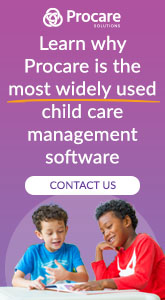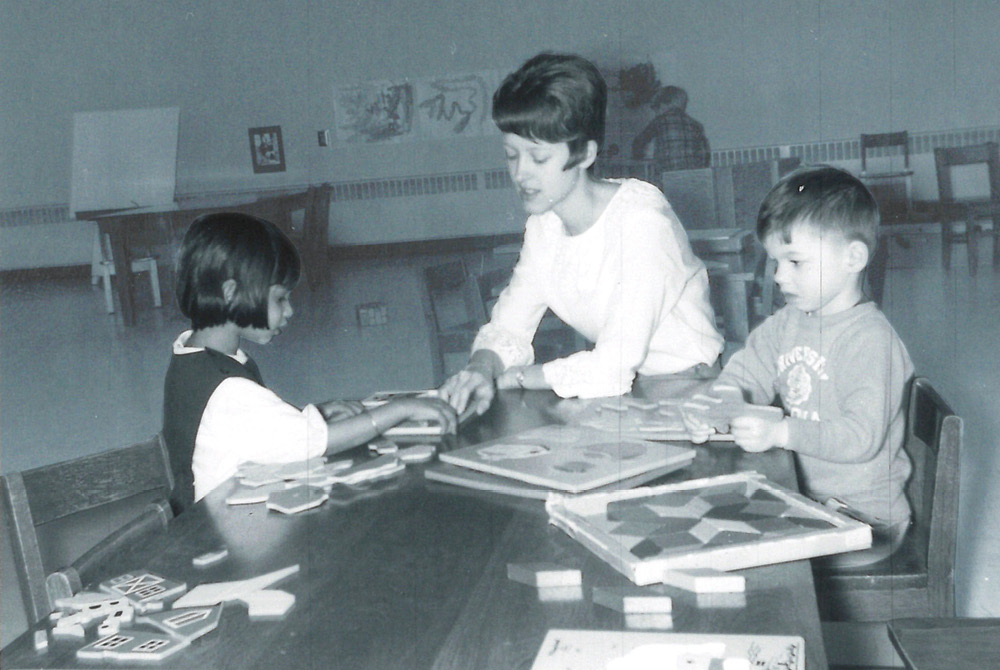December 19, 2024
Reflections on Care, Connection, and Our Shared Future
Children learn more from what you are than what you teach. If we want them to feel connected, we must model connection ourselves
– Carl Jung
Joe Waters’ recent LinkedIn post gives us lots to ponder as we enter a new year. Thanks to Waters, Co-founder and CEO at Capita, for permission to share!
As we approach the end of the year, I’ve been reflecting on what I’ve learned from Capita’s research, fellows, community members, and partners this year. Here are five big things I’ve learned:
7.5 million families in the U.S. have a parent who stays home to provide primary child care.* One in five stay-at-home parents are dads. Stay-at-home parents provide incredibly valuable services to their families, the U.S. economy, and the country. They want and need more support from policymakers. Read more from Elliot Haspel and Ivana Greco.
By 2100, the population of people over 80 will be twice as large as that of children under 5.* On the one hand, this is fabulous news. More people can hope to live longer, healthier, more productive, and more fulfilling lives. On the other hand, we must immediately contend with the implications of this long-term demographic transition—a transition that will occur over the lifetime of today’s young children. Many nations across the globe are already experiencing the impacts of this today.
A higher percentage of Americans aged 30-44 are lonely than those aged 18-29 or over 65.* We’ve often conceptualized loneliness as primarily a Gen Z or senior citizen problem, but that’s far too simplistic. Millennials are lonely, too, and since they’re in their prime parenting years, their children are at risk. Focusing on all age cohorts can break an intergenerational cycle of loneliness before it takes root. Read more.
Care is less in “crisis” than in “transition.” The crisis won’t subside once more resources are directed into the existing system.* We are in a “care transition,” not unlike the green or digital transition. We need to reimagine not only the resources we invest but also the role of technology, family structures, and work. Core institutions – universities and schools to libraries, parks, and businesses – must adapt to the “new landscape of human vulnerability.” Read more from our collaboration with Demos Helsinki.
According to Data One, by 2050, Africa’s climate adaptation is expected to cost $50B annually.* Currently, the continent receives $19.5B annually in all climate funding. This $30 billion shortfall highlights the urgent need to accelerate climate adaptation finance, particularly focused on the youngest children and their families, who are among the most vulnerable to climate disruption and are the foundation of our future resilience. This urgency is why we’ve co-convened the South Africa Early Years Climate Action Alliance with The Do More Foundation. Read more.
In 2025, we will continue to look honestly at how our systems operate today, understand emerging trends, set ambitious goals for the future, and chart a path toward flourishing for all families and their communities.
Share with the hashtag #ExchangeEveryDay
Print Friendly













